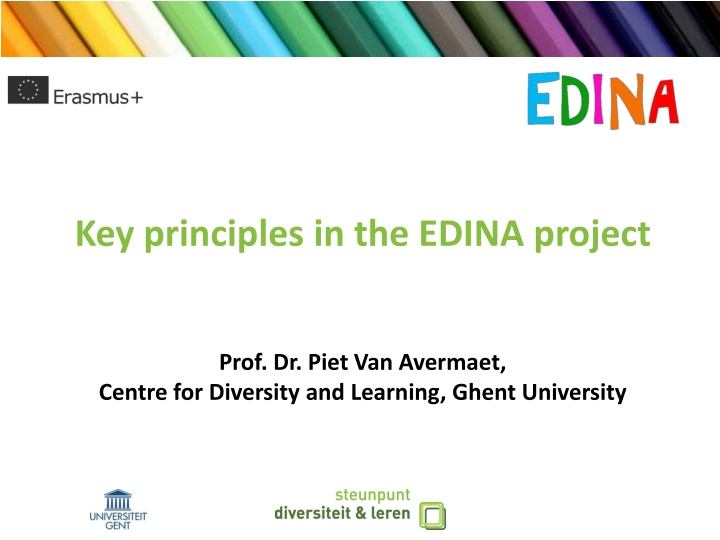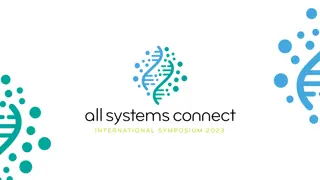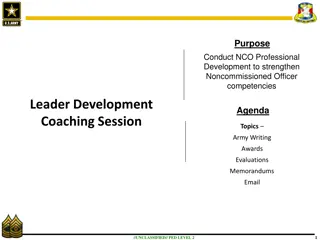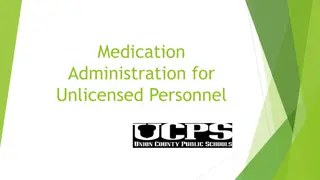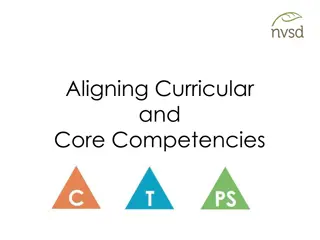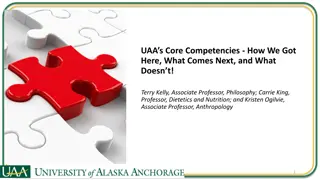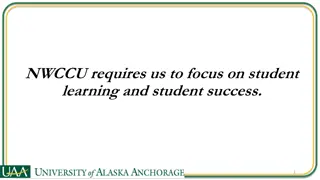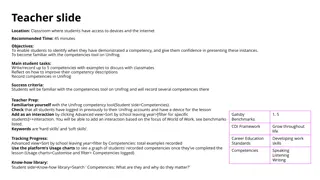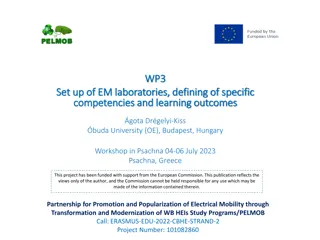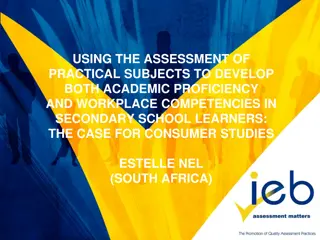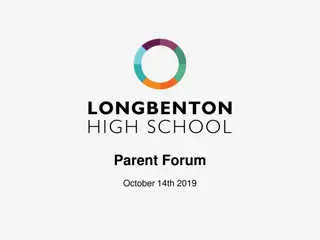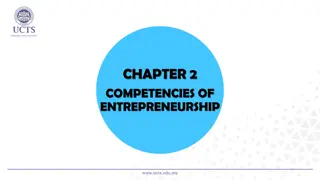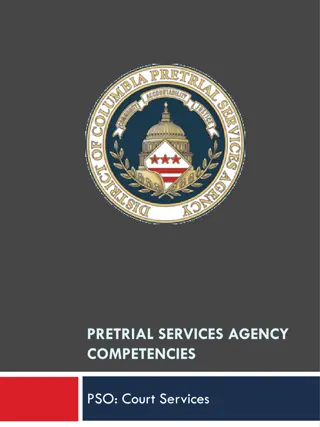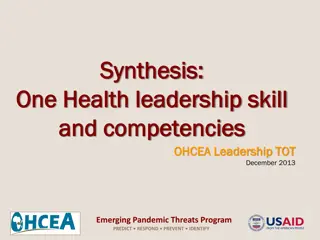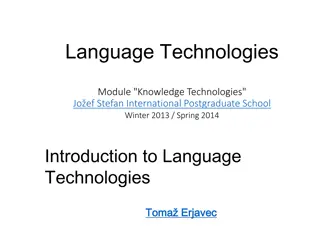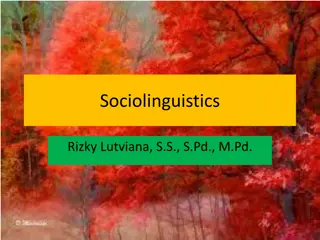Strengthening School Language Policies and Competencies
EDINA project focuses on enhancing school language policies and teacher competencies to address challenges faced by NAMs and EX-NAMs. Key principles include equity, social justice, and diversity. Concepts such as powerful learning environments and multilingualism play a central role in fostering inclusive school communities.
Download Presentation

Please find below an Image/Link to download the presentation.
The content on the website is provided AS IS for your information and personal use only. It may not be sold, licensed, or shared on other websites without obtaining consent from the author.If you encounter any issues during the download, it is possible that the publisher has removed the file from their server.
You are allowed to download the files provided on this website for personal or commercial use, subject to the condition that they are used lawfully. All files are the property of their respective owners.
The content on the website is provided AS IS for your information and personal use only. It may not be sold, licensed, or shared on other websites without obtaining consent from the author.
E N D
Presentation Transcript
Key principles in the EDINA project Prof. Dr. Piet Van Avermaet, Centre for Diversity and Learning, Ghent University
EDINA is about strengthening school policies and teacher competencies in dealing with the challenges of NAM s and EX-NAM s in education and in society at large. A strong focus in most NAM policies is on language and learning the language of schooling. So a school language policy for NAM s needs to be research and evidence based. Concepts and principles that are pivotal in EDINA.
Underlying universal education principles Strive for equity and excellence. Beyond a binary way of thinking. Operate within the principles of social justice. Doing just for all children. Develop an inclusive and on diversity principles based whole school policy. A school as a caring community for all. Being aware of (unconscious) stereotypes based classroom practices and ethnic prejudice and its impact on children and avoiding them. Be attentive for positive diversity beliefs and attitudes. Strengthen diversity competencies of whole school team.
Key concepts and principles of EDINA School language policy Powerful learning environment Classroom differentiation Language of schooling/instruction Multilingual realities Language learning processes Language assessment Transition and inclusion
A school language policy Implies a strong vision on language acquisition processes a powerful learning environment a clear evidence-based vision on multilingualism a strong assessment policy
Strengthen school language policy Implies that a school takes into account certain realities, such as 1. the school as a multilingual environment, 2. the student (NAM) who has a multilingual repertoire (or multilingual resources), 3. the fact that students are already translanguaging , 4. the clear opinions that exist on how processes of language acquisition work. We advocate for a policy that takes these ingredients into account and has a clear view on how to offer the language of instruction a functional multilingual learning policy.
A powerful learning environment Teachers and pupils work together in challenging projects in a sphere of cooperation and within a positive classroom climate. Language and literacy are a central part of each lesson and every teacher. The topics and themes being addressed in school start from and build on pupils out of school experiences. The learning activities have learning potential. They challenge children and start from the premise that making mistakes and not knowing are a fundamental basis for learning. The classroom climate is interactive so that pupils can discuss, interact, communicate, explore their ideas. In sum, diversity is maximally exploited all day long.
Classroom differentiation Is pivotal to take into account the diversity of children in the classroom in the learning processes. We need to explore the difference between convergent and divergent differentiation. Challenge: how can me make use of the existing multilingual repertoires? Differentiation should start from a diversity-paradigm, not from a deficit- paradigm. Develop teachers competences to handle the divergent and convergent differentiation methods.
Language of instruction Knowledge in an educational setting as a school is constructed and makes use of a specific repertoire in a specific language. This specific repertoire is defined as an overall abstract and academic repertoire, i.e. the language of instruction. The language used for this is usually one of the official languages of the country where the NAM s live.
Multilingualism an umbrella concept - has different realities and functionalities and numerous different meanings depending on the context they are used in. For the EDINA project, we specify the meanings of the concept in the context of the school environment. The reality: most of the classes, with or without NAM s, are multilingual environments because of the presence of the individual multilingualism of students or teachers.
Multilingualism Most students obtain different multilingual repertoires; each of these repertoires is used in a specific context: a school, on the street, in public transport, Functionality nr 1: students mix these repertoires in every day conversations, translanguaging as a practice . This is the communicative functionality of translanguaging. Functionality nr 2: make use of this translanguaging realities in order to empower the learning processes of students. This is: functional multilingual learning : exploiting the ML repertoires of NAM s as didactic capital for learning
Language acquisition/learning processes What? we? do? know? but? find? hard? to? accept!? Language? learning? Interac on? Powerful? learning? environments? Contextualised? Individually? different? Non? linear? process? Longitudinal? whimsical? input? ? Feedback ? ? ? ? ? ? ? ? ? ? ? ? ? ? ? ? ? ? ? ? ? ? ? ? ? ? ? hypotheses? produc on? ? Mul lingualism? is? a? reality? (the? norm)? in? social? spaces? Mul lingualism? is? a? reality? (the? norm)? in? every? person:? mul ple? repertoires? Every? person? does? translanguaging ? Translanguaging? has? posi ve? impact? on? cogni ve? flexibility? (Leseman,? 2017)? ?
And? yet? we? con nue? to? claim? In? the? context? of? immigrants:? ? Monolingualism? is? the? norm? Mul lingualism? is? a? deficit? Translanguaging? indica on? of? low? proficiency? (and? no? willingness? to? integrate )? Exclusive? L2? submersion? policy? Language? is? a? condi on? for? social? par cipa on? Everybody? acquires? a? language? the? way? I? learned? French? We? judge? a? fis h ? by? its? ability? to? climb? a? tree? Language? learning? is? a? linear? process? Integra on? is? a? linear? process? Language- integra on? programme? Language? test? Social? par cipa on? arrival?
Assessment Our ideas of assessment: instruction/learning should not be segregated from evaluation, instead both should be integrated. opens up opportunities for alternative assessments: feedback, feed forward, group assessment, co-assessment, This relates to dynamic assessment: feedback in increasingly complex and challenging tasks (Swanson & Luthier, 2001), Vygotsky s Zone of Proximal Development (ZPD - 1978)
Assessment To? conclude? A? transi on? on? two? axes?
Transitions and inclusion Transitions are moments of uncertainty, of unease, of fear (social emotional well being) and of potential exclusion and gatekeeping (role of assessment) Importance of communication within the whole school team and as part of a whole school policy. Give agency to NAM pupils and their parents. A NAM policy is as integrated as possible in the mainstream activities and structures of the school and the classroom.
